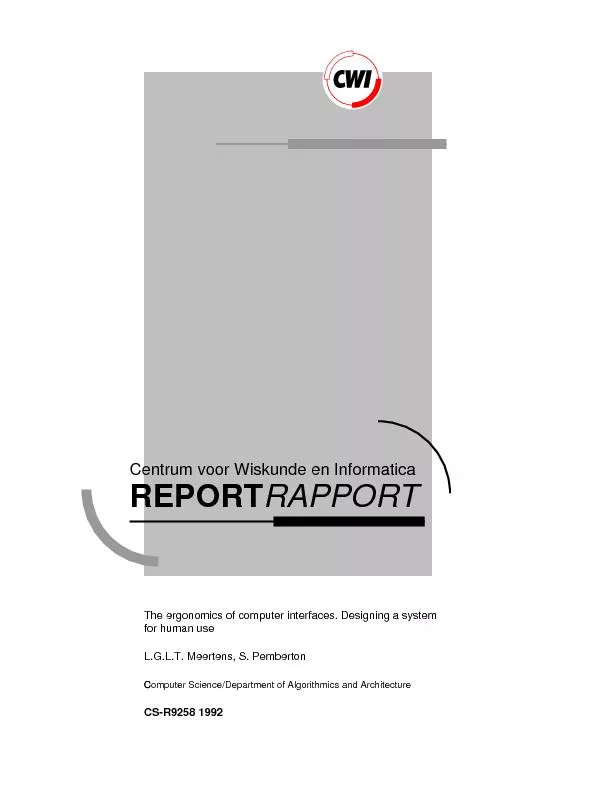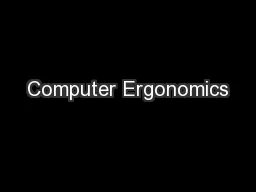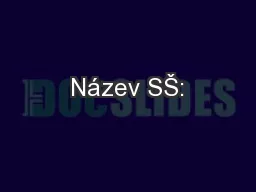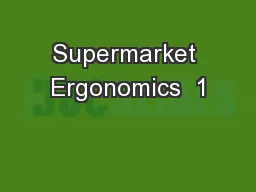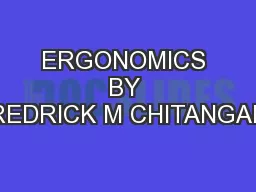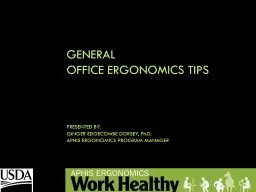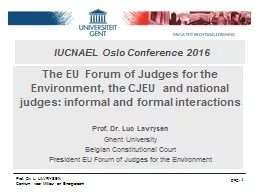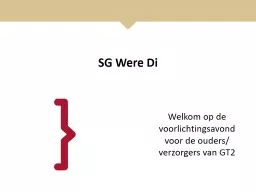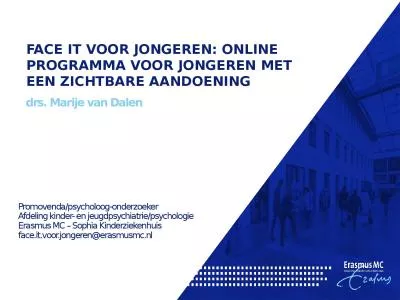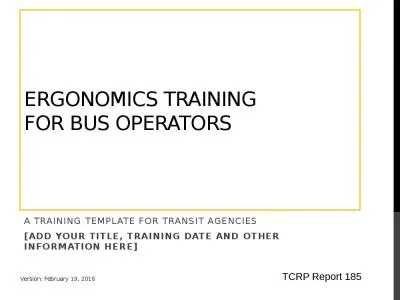PDF-Centrum voor Wiskunde en InformaticaREPORTRAPPORTThe ergonomics of com
Author : olivia-moreira | Published Date : 2016-10-08
The Ergonomics of ComputerInterfaces Designing a System for Human UseLambert Meertens and Steven PembertonCWIPO Box 4079 1009 AB Amsterdam The NetherlandsEmailLambertMeertenscwinlStevenPembe
Presentation Embed Code
Download Presentation
Download Presentation The PPT/PDF document "Centrum voor Wiskunde en InformaticaREPO..." is the property of its rightful owner. Permission is granted to download and print the materials on this website for personal, non-commercial use only, and to display it on your personal computer provided you do not modify the materials and that you retain all copyright notices contained in the materials. By downloading content from our website, you accept the terms of this agreement.
Centrum voor Wiskunde en InformaticaREPORTRAPPORTThe ergonomics of com: Transcript
Download Rules Of Document
"Centrum voor Wiskunde en InformaticaREPORTRAPPORTThe ergonomics of com"The content belongs to its owner. You may download and print it for personal use, without modification, and keep all copyright notices. By downloading, you agree to these terms.
Related Documents

